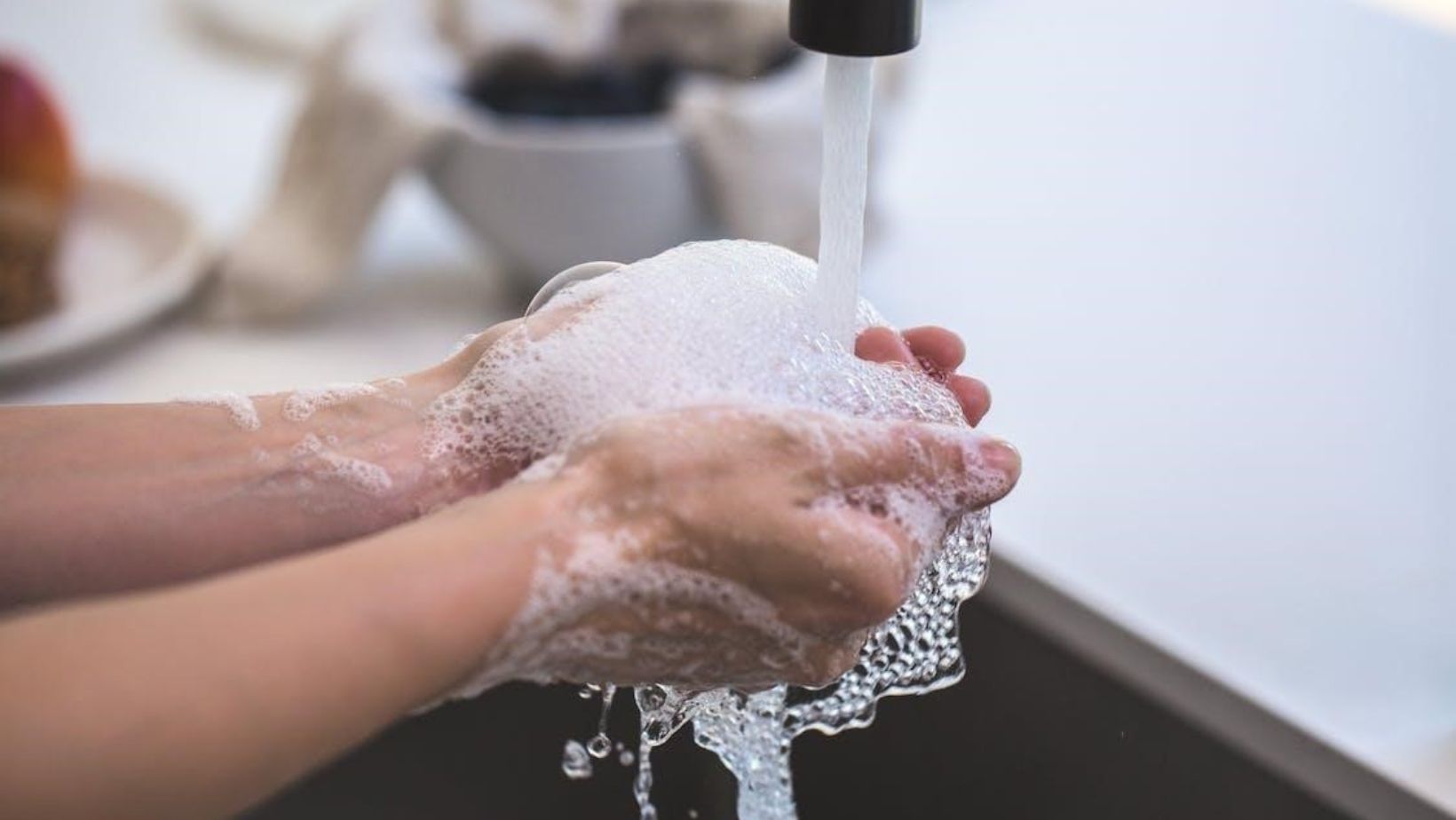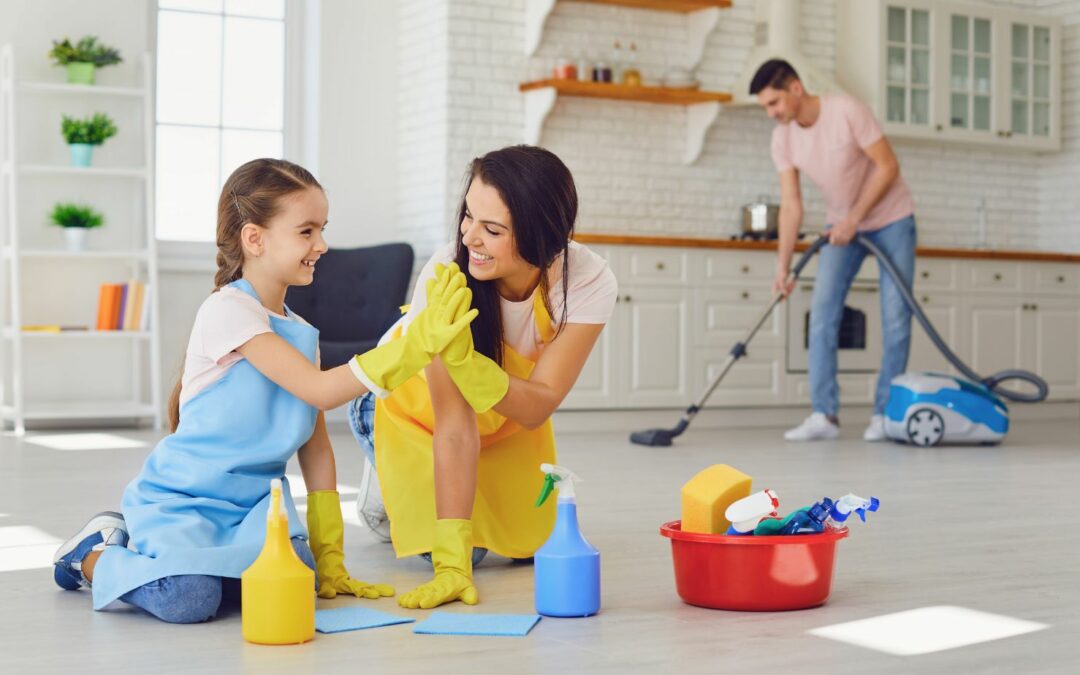The foundation of a healthy family extends beyond balanced diets and regular exercise; it includes maintaining good hygiene practices. These habits contribute to individual and communal health, safeguarding against the spread of infectious diseases.
However, instilling these habits, particularly in younger members, can sometimes pose a challenge.
By following the tips in this article and recognizing the long-term benefits of good hygiene, you can create a hygienic environment that nurtures the well-being of your entire family.
You can encourage and reinforce these habits with consistency, patience, and a positive attitude, ensuring a healthier and happier future for your loved ones.
Take Advantage of Community Resources and Schooling
In promoting good hygiene practices among families, utilizing community resources and educational supplies can be beneficial. Local health departments, clinics, and non-profit organizations usually offer hygiene education programs and seminars.
Furthermore, schools can promote hygiene by providing educational materials such as posters, pamphlets, and certificates.
Moreover, some universities offer flexible and convenient online MSW programs to accommodate students’ busy schedules while pursuing a career in social work.
Therefore, collaborating with educational and government institutions gives families access to resources and guidance to reinforce good sanitation practices at home.
Start Young
The significance of instilling cleanliness practices at a young age cannot be emphasized enough. Children are highly receptive during their formative years, making it the ideal time to develop positive behaviors.
Encouraging their interest by turning basic duties like hand washing and tooth brushing into fun pastimes is crucial. Making these duties enjoyable helps young children associate cleanliness habits with positive experiences, thus enhancing their interest in maintaining them.
For instance, handwashing can be a fun game involving soap bubbles, while a catchy song can accompany brushing teeth.
With persistent participation, these enjoyable activities gradually transform into lifelong habits essential to their daily routine.
Educate the Importance of Hygiene
Good hygiene is not just about cleanliness; it is a crucial measure for preventing the transmission of illnesses and maintaining robust health.

Why not break down complicated concepts in an age-appropriate manner? For example, explaining how bacteria on unwashed hands can cause illness and how regular bathing contributes to skin health.
To simplify these complex ideas and pique their interest, utilize diverse resources such as books, animations, and educational videos.
By involving children in active learning about hygiene, you can cultivate a sense of responsibility for their health, making them more likely to practice good hygiene.
Use Reminder and Visuals
You must incorporate reminders and visual signals into your house to promote proper hygiene practices. One effective method to achieve this goal is to place informative charts in areas where these habits are prevalent, such as the restroom or kitchen.
As a useful reminder, a step-by-step handwashing instruction, for example, can be placed next to the basin.
Additionally, sticky notes on the bathroom mirror can remind people to brush their teeth regularly. If you have young children, add a Sesame Street film about hand washing or the smartphone app ‘Brush Up,’ which turns tooth brushing into a game to make learning more enjoyable.
Make Hygiene Supplies Easily Accessible
Easy access to hygiene supplies can make adopting proper hygiene practices less of a hassle, especially among minors. Essential items such as soap, toothpaste, tissues, cleansing wipes, and hand sanitizers should be placed within easy reach.
It is advisable to keep these items in consistent and easily accessible areas, such as by the basin or on lower shelves in the bathroom or kitchen. Keeping them in plain view serves as visual reminders for your child to adhere to the hygiene routine.
Make Cleaning a Family Activity
Participating in cleaning activities transforms housekeeping into a family responsibility and a bonding experience. Activities such as dusting, sweeping, and cleaning become more pleasurable and less tedious when performed in a group.
Not only do these duties promote cleanliness and organization, but they also instill a sense of ownership and pride in maintaining a clean environment.

Children can feel included and accountable when given age-appropriate duties. Simple tasks such as putting away toys or dusting low-lying furniture may be suitable for younger children.
Moreover, tasks like cleaning windows and vacuuming are more appropriate for older children to assist with. These duties provide opportunities for learning about the significance of cleanliness and hygiene while fostering a spirit of cooperation and collaboration.
Be a Role Model
As adults, we are responsible for exemplifying good sanitation practices because modeling behavior is a potent educational tool. Children are excellent observers who imitate their surroundings.
When you consistently demonstrate the significance of hygiene, such as by:
● Cleansing your hands before meals and after using the restroom,
● Brushing and flossing your teeth regularly, and
● Maintaining a clean-living environment,
You provide concrete examples for your children to imitate. Regular practice of these habits reinforces their significance and demystifies them, making it simpler for children to incorporate them into their daily lives.
It is not enough to tell them what to do; they must be shown how to do it consistently and habitually.
Encourage Open Communication
To cultivate a family’s comprehension and acceptance of good hygiene practices, it is important to promote an environment of trust and open communication. Encourage your loved ones to ask questions, express concerns, and share their perspectives on hygiene practices.
Take the time to listen intently, provide precise information, and clear up any confusion. By encouraging open communication, you can create a welcoming environment where everyone feels comfortable discussing hygiene, receiving advice, and sharing personal experiences.
This strategy strengthens family relationships and guarantees each family member is involved.
Conclusion
Instilling healthy, hygienic practices in a family takes consistency, patience, and ingenuity. Parents can create an environment that promotes cleanliness and improves the well-being of each family member with the tips highlighted in this article.
Remember that excellent hygiene is more than just cleanliness; it is essential to living a healthy, meaningful life.
My name is Andrea Thompson and I’m a home based freelance writer. I’m 23 years old, married to my best friend, and mother to a wonderfully independent and opinionated 3 year old girl and step-mother to a sweet seven year old boy. I live in a tiny, little town in Kentucky, where I spend my free time fishing with my kids.
Writing has always been my passion, which I followed through high school, and for a while in college. Life happened, and once I discovered we were pregnant, I switched directions; opting for the healthcare industry because of the stability.
Finally, years later, I was in a place where I could leave the day job that never truly made me happy, and pursue my dreams. I’ve built, and am still building, my writing career from scratch. But, I’m passionate and I’m good at what I do. And, in the end, I can prove to my daughter that she can do anything she wants with this life.





